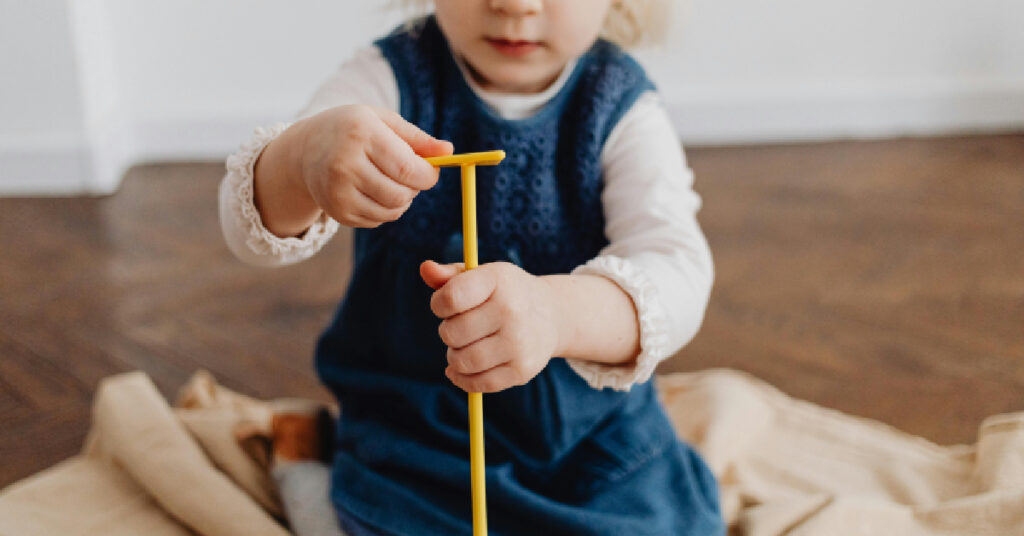
15 Best Toys for Building Independence — That Aren’t Boring or Overhyped
From magnetic tiles to dolls and pretend kitchens, these 15 toddler toys are actually worth the shelf space — and designed to encourage solo play and confidence.
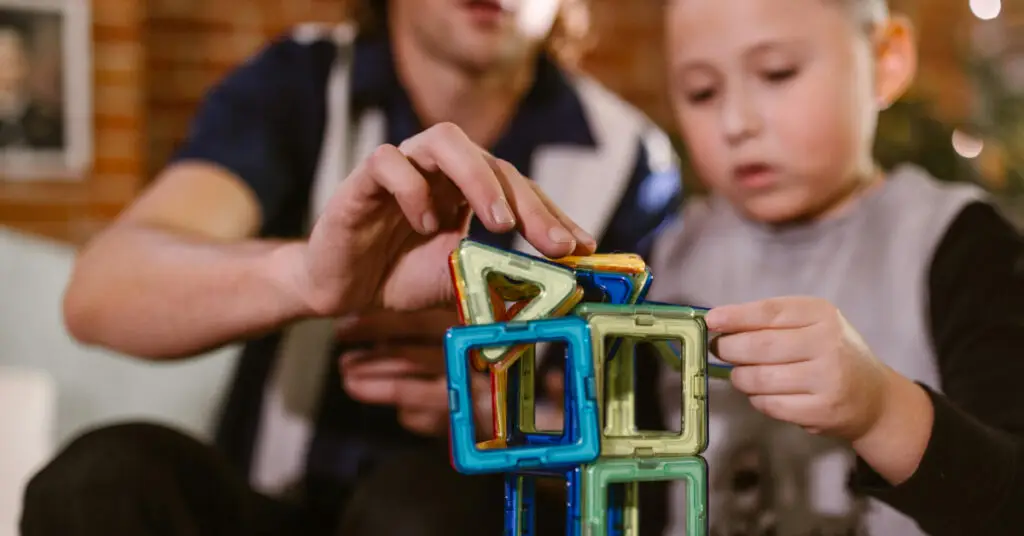
If you’ve ever heard the phrase “open ended play” and immediately thought, “Sounds fancy. Do I need a Montessori certification for that?” this post is for you.
Spoiler: You’re probably already doing it.
This is your no-pressure, real-parent guide to what open ended play actually is, why open ended play matters, and how to encourage open ended play without needing a toy rotation system worthy of a design magazine.
Open ended play is any type of play that doesn’t have a fixed outcome, right way to do it, or specific set of instructions. It allows children to follow their own ideas, experiment, and change course as they go.
There’s no winning. No batteries. No flashing lights yelling “Try again!”
It’s simple. It’s creative. And it’s the kind of play that helps toddlers build lifelong skills without even knowing they’re doing it.
Open ended play:
Close ended play:
Both types of play have their place, but open ended play is where deep learning and independence really shine.
Let’s be honest. Toddlers don’t need help being creative. What they need is space to express it.
Open-ended play:
It’s also a big win for parents. Why? Because toddlers engaged in open ended play often need less adult direction. That means more time for you to sip something hot, scroll your phone, or breathe like a human.
Want to see how open-ended play supports toddler independent play too?
Check out our full guide on encouraging independent play through open-ended activities.
Let’s be clear. It rarely looks like a dreamy, minimalist Instagram feed.
It looks like a toddler building a tower, knocking it down, then turning the blocks into “cakes” for an imaginary birthday party.
It looks like magnetic tiles becoming castles, caves, and car garages.
It looks like dolls having a dance party in a cardboard box.
And it usually includes a mess, a made-up story, and a toddler narrating every move.
Read More: What Is Open-Ended Play? A Parent’s Guide to Creative Learning
Open ended toys are simple, flexible, and can be used in multiple ways. The best part? You probably already own some.
Here are a few MVPs of the open-ended play world:
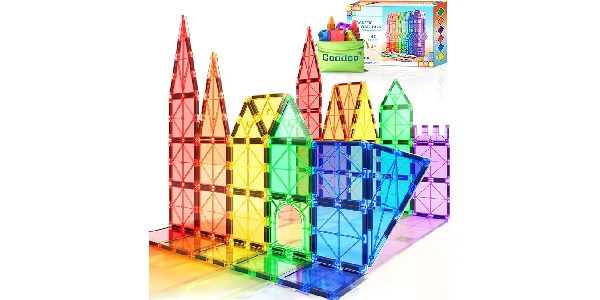
Build towers, walls, castles, or whatever wild invention your toddler comes up with.
This is our favourite > Grab yours from Amazon here
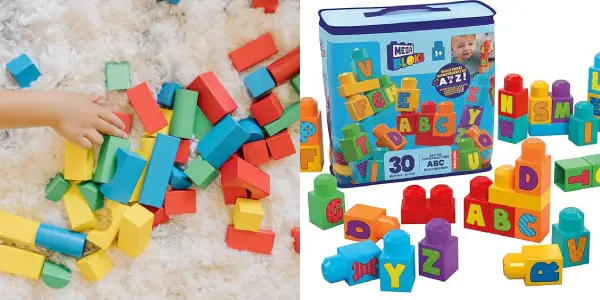
Timeless, stackable, and endlessly versatile.
This is our favourite
Wooden Blocks > Grab yours from Amazon Here
Plastic Blocks > Grab Yours from Amazon Here

Add blocks, roads, or boxes and they become delivery trucks, rescue vehicles, or pet taxis.
Can’t go past the endless play of construction vehicles > Grab yours from amazon here
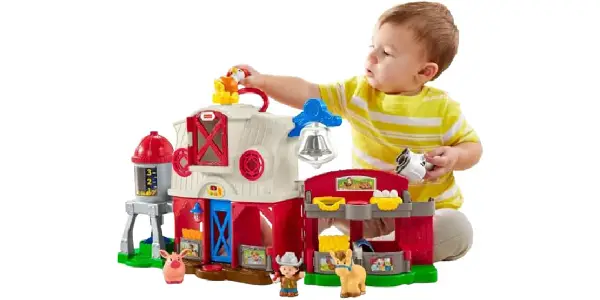
Encourage pretend play, role play, and storytelling.
Fisher-price little people are our go to, any playset is golden. but our number one is the Farm set. > Grab yours from Amazon here
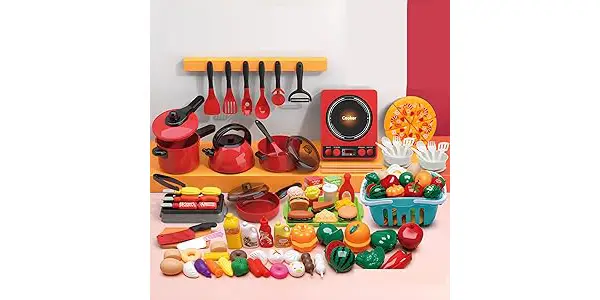
Think pinecones, bottle caps, scarves, spoons. Safe, open-ended, and usually free.
Play kitchens are also a no brainer for open ended play. >grab this 90 piece set from Amazon here

Capes, water, picnic blankets, tents. You name it.
This is our favourite > Grab yours from Amazon here
The golden rule? If it can live on a shelf and be used a different way every time, it’s probably a winner.
You don’t need a new playroom or toy haul. Here are a few ways to encourage it with what you already have:
Read More: Open Ended Play Made Easy: How to Raise Creative, Confident Kids
Open ended play isn’t something you need to “start doing.”
If your toddler has ever used a banana as a phone or turned your laundry basket into a boat, congratulations. You’re nailing it.
This type of play isn’t about fancy toys or picture-perfect setups. It’s about giving your child space to explore, imagine, and make something from nothing.
And the more you lean into it, the more confident and independent they become – which is a total win for both of you.

From magnetic tiles to dolls and pretend kitchens, these 15 toddler toys are actually worth the shelf space — and designed to encourage solo play and confidence.
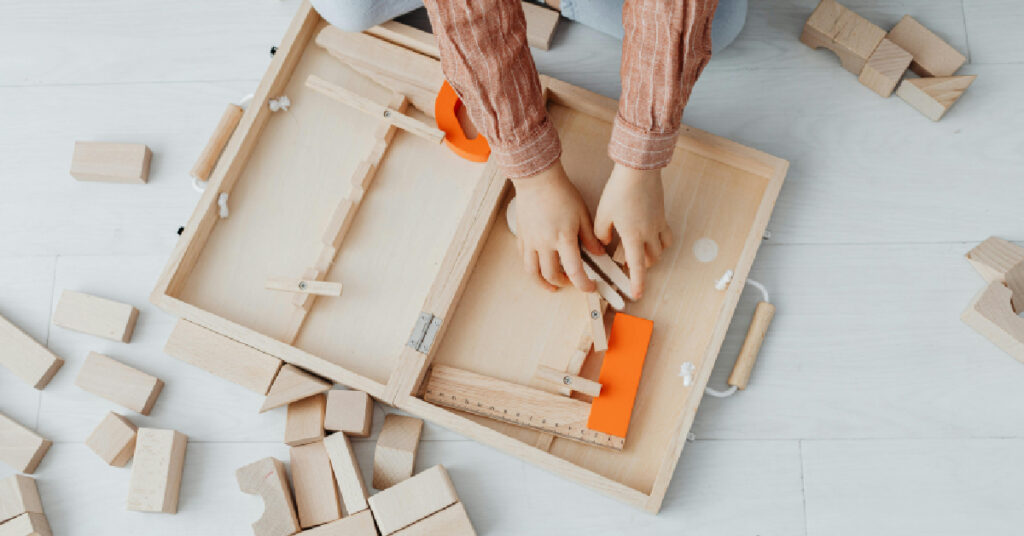
Delve into the world of loose parts play with our selection of toys that inspire exploration and innovation. Perfect for enhancing your toddler’s sensory and cognitive skills.
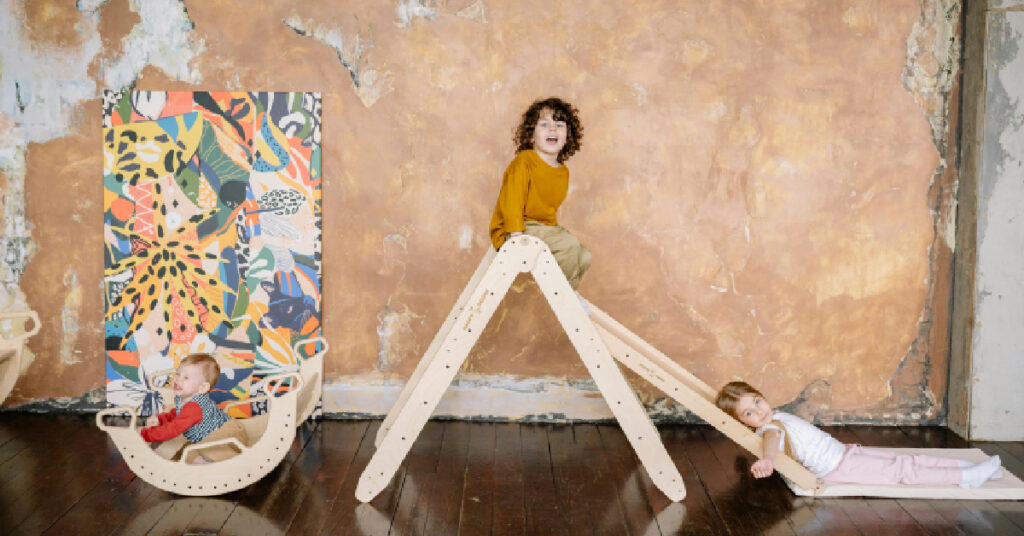
Simple, real-life play space ideas for toddlers that spark imagination, support independence, and give you a moment to breathe — no Pinterest-perfect setup required.